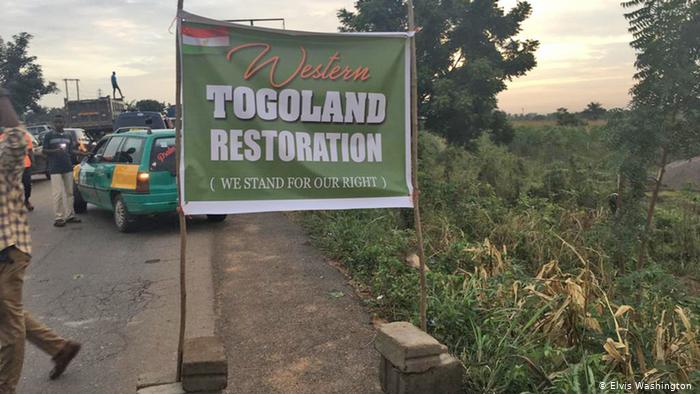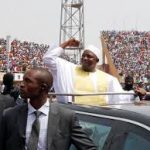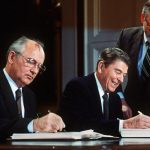The new turn of secessionism performance in Ghana can be related to upcoming national elections planned for this December. The Ewes ethnic group is behind the operations and allegedly being used by the NDC party whose candidate John Mahama is running for President. Thus, the situation in Western Togoland can be used to influence campaign.
Ethnicity is extremely important in Ghana, and the Ewe enjoy the advantages they have due to the ethnicity of the former leader of the country (Jerry Rawlings who was half Ewe).
The Ashanti and the Ewe are two main contenders seeking to expand their political influence. For example, when Ashanti Acheampong seized power in a coup in 1972, the Ashanti played a key political role and the Ewe revived their threat of secession. On the other hand, when Rawlings came to power in 1979, the Ashanti attempted coups against Rawlings to check the growing domination of the state by Ewes. The Ewe do not back any particular political party within Ghana, but rather support many of the mainstream parties. Today the NDC seems to be such a party.

Armed men demanding Western Togoland secession from Ghana blockaded major entry points to the Volta region of Ghana on September 25 this year. They call themselves the Western Restoration Front (WTRF). Earlierthey published photos of the graduation ceremony for around 500 personnel who had undergone months’ training in secret locations, raising questions over the effectiveness of security agencies in the region. The group claims to seek independence for the region.
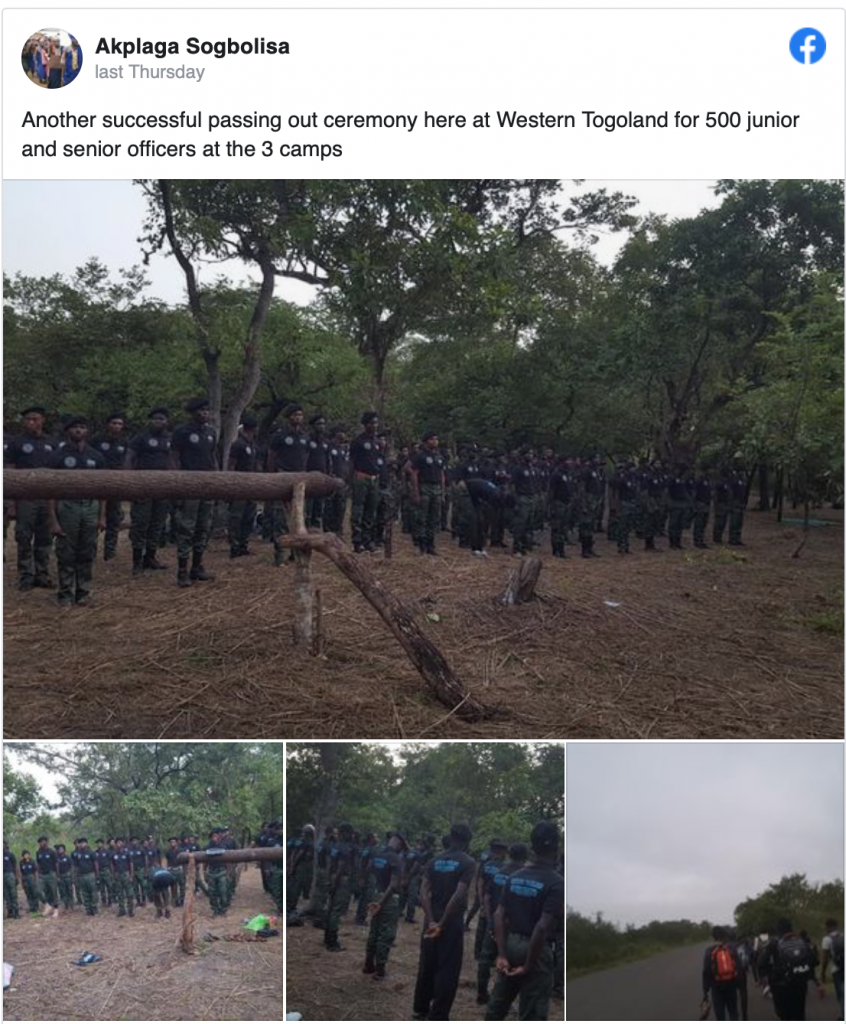
A previous unsuccessful attempt to declare Western Togoland independent from Ghana was made in 2017. In March 2020, around 80 members of the separatist group were detained for protesting the arrest of seven leaders of the Homeland Study Group Foundation. Later on the charges were dropped. The majority of Ghanaians are against the separatists.
Western Togoland is not limited to only modern day Volta Region. The entire Oti Region as we have it today was part of Western Togoland so were the North East Region, part of the Northern Region and the Upper East Region. In the case of the Volta Region, only a small part of it was a part of Western Togoland. Only the stretch of land from Kpetoe through Ho to Kpedze and Avatime areas (originally called the Ho District) and parts of Kpeve to Have through Kpando to Hohoe and the Tafi areas (originally called the Kpando District) now formed Western Togoland in the present Volta Region. This is that very stretch of landlocked area that is in dispute, rather than the entire Volta Region.
Traditionally the Volta Region was inhabited by the Ewes. It was first demarcated in the 1880s when it became part of Togoland, a German protectorate. After the World War I where Germany was defeated, the British and French split Togoland in half. The western side became British Togoland, the eastern side went to France. The Ewe people found themselves split.
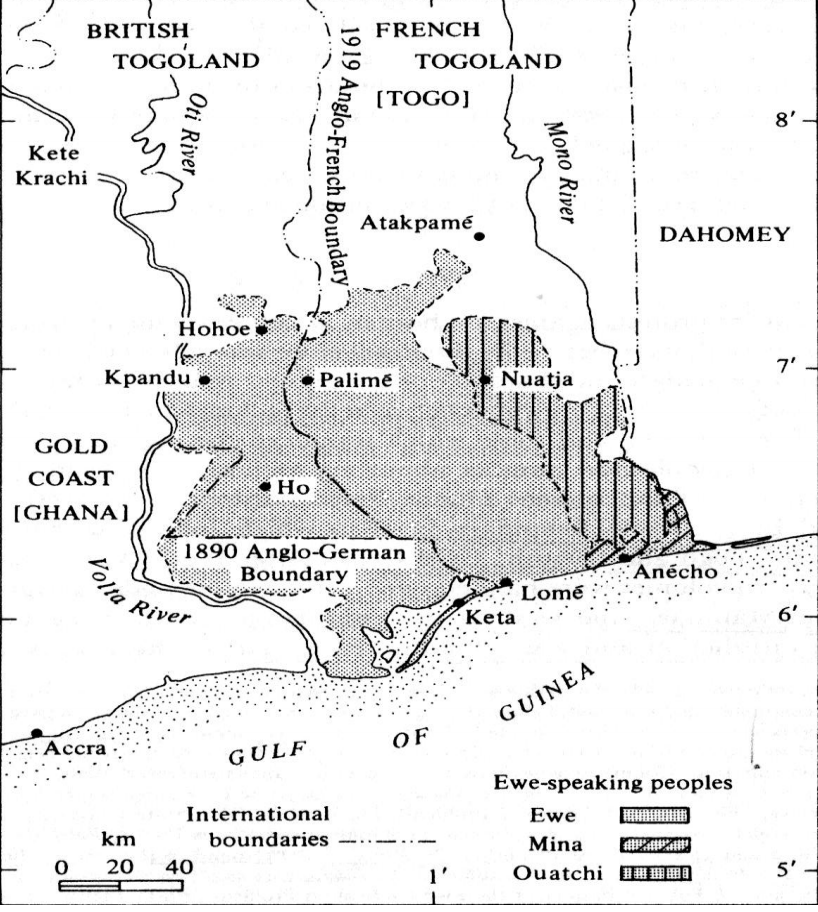
In 1956, when Ghana was very close to become independent, British Togoland held a vote on joining Ghana or remaining separate. In the two southernmost districts where the Ewe are the majority, people overwhelmingly favored staying separate, with many demanding eventual reintegration with French Togoland. In the northern and central districts, voters opted for integration.
Thus, British Togoland was incorporated into the newly-independent nation and its southern districts became the Volta Region. Four years later French Togoland became independent Togo.
However, the current Volta Region is not only made of up Ewes. There are non-Ewe speaking groups such as the Avatime, Logba, Tafi who are also bona fide owners of the area now called Volta Region. That is why any attempt to form a Ewe-only country beyond the Volta Region will alienate those ethnic groups too. This is something they will not support.
The secession will not solve the problem of the ‘Ewe Question’ or Western Togoland problem considering that although the non-Ewe speaking section in the present Volta Region are in the minority, they have geographical contiguity which they can leverage on in the future to demand their own independence and sovereignty as well, however, small they may appear. Moreover, among the Ewe, there are Anlo and Ewedome divisions, rivalries and suspicions that cannot guarantee the formation of nationhood.
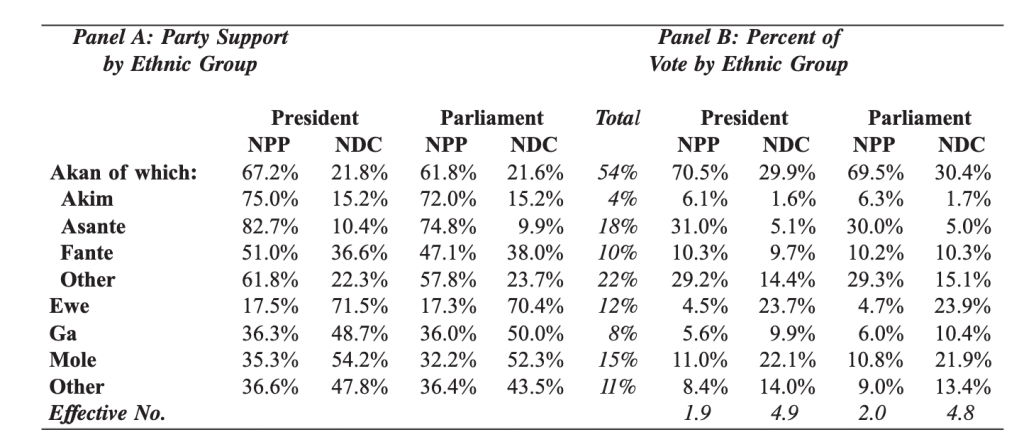
There is the fact that since the 1940’s when secessionist agitations began, the Buem-Krachi enclave which now constitutes the Oti Region never supported the idea of independence. They have never bought into any plan of Ewe unification or transforming Western Togoland into a sovereign country as they feared an overbearing dominance and control in the hands of their highly educated Anlos and Pekis. During the 1956 plebiscite, they voted overwhelmingly in support of unification with the Gold Coast.

The Gonjas and the Dagombas and their allied ethnic groups, parts of Western Togoland as well, voted for joining the Gold Coast. Hence, the Northern People’s Party [NPP] campaigned for union with the Gold Coast in the May 1956 plebiscite. Three Districts of the north that formed part of Western Togoland at the time (Mamprusi, Gonja and Dagomba) also voted in support of union with the Gold Coast and they have never looked back.
Even in Togo where the Ewes are in the majority, there are ethnic groups such as the Kabye, Gurma and Tem. In British Togoland Guans, Gonjas, Dagombas, Akans and Gurmas has never shown the willingness or zeal for a joint Togoland Republic with the Ewe domination.
Contrary to the claim by secessionists that Western Togoland covers the entire Volta Region, the Anlos, Tongus, Pekis and a small portion of Adaklu (Hinakorpe and AdakluAhunda) did not form part of Western Togoland although they are in the Volta Region. These areas together with Ada, Ningo, Prampram, Accra, and the Eastern region formed part of the Eastern Province of the Gold Colony and formed part of the Eastern Provincial Council boasted of renowned Kings such as Nana Sir Ofori Atta I and Togbui Sri I. These mentioned territories did not participate in the 1956 plebiscite that united Western Togoland with the Gold Coast to form Ghana in 1957. So, it is wrong to assume that the entire Volta region constituted Western Togoland and for that matter the entire region is behind these secessionist activities. The only thing these areas have in common with Western Togoland is the fact that they are all Ewes.
Another falsehood is that the 1956 plebiscite had a fifty-year moratorium after which the people of Western Togoland can determine their wishes and aspirations of nationhood. The facts do not support such assertions. Ahead of the plebiscite in May 1956, a voter registration was organized for the residents of Western Togoland between 10th January and 13th February 1956.
In 1960s in response to ongoing Ewe dissidence in Ghana, governments forced thousands activists to flee to Togo, and limited the influence of Ewe civil servants and politicians. As a consequence, the main proponents of reintegration with Togo moved in their campaigns from across the border. However, Togo’s support decreased significantly in the 1970s.


